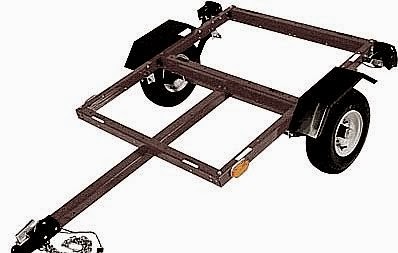It’s time to change the oil in your car, but when you go to
the store, you find that many different types of engine oil are available. Which one should you choose?
Go to your nearest automotive parts store or retail super
center. Locate the large selection of
engine oil. The viscosity of the engine
oil should be clearly labeled on the bottle.
This will be a series of numbers and letters, like 10W-30. Viscosity is the measure of resistance of the
oil as it is being deformed by stress.
The first part of the number in the viscosity rating, (ex. 10W) refers
to the weight (10) of the oil and whether it is rated (W) for winter use. The second part of the number (ex. -30)
refers to how thin the weight of the oil will be when it is warmed to operating
temperature. The oil actually changes
viscosity when heated due to the addition of polymers by the manufacturer.
5W
viscosity oil is thin oil and circulates quickly. It is used for lower temperatures.
5W-20
viscosity oil is used for outside temperatures ranging from -20 °F to 0 °F.
5W-30
viscosity oil is used for outside temperatures ranging from -20 °F to 60 °F.
10W
oil is thicker than 5W and is suitable for most temperatures.
10W
viscosity oil is used for outside temperatures ranging from 0 °F to 60 °F.
10W-30
viscosity oil is used for outside temperatures ranging from 0 °F to 100 °F.
10W-40
viscosity oil is used for outside temperatures ranging from 0 °F to 100 °F.
20W-20
viscosity oil is used for outside temperatures ranging from 20 °F to 100 °F.
20W-40
viscosity oil is used for outside temperatures ranging from 20 °F to 100 °F.
20W-50
viscosity oil is used for outside temperatures ranging from 20 °F to 100 °F.
Always
check the manufacturer’s specifications for your engine before adding or
changing the oil and never mix oils of different viscosity together. Remove one before adding the other and be
sure to change the oil filter.




